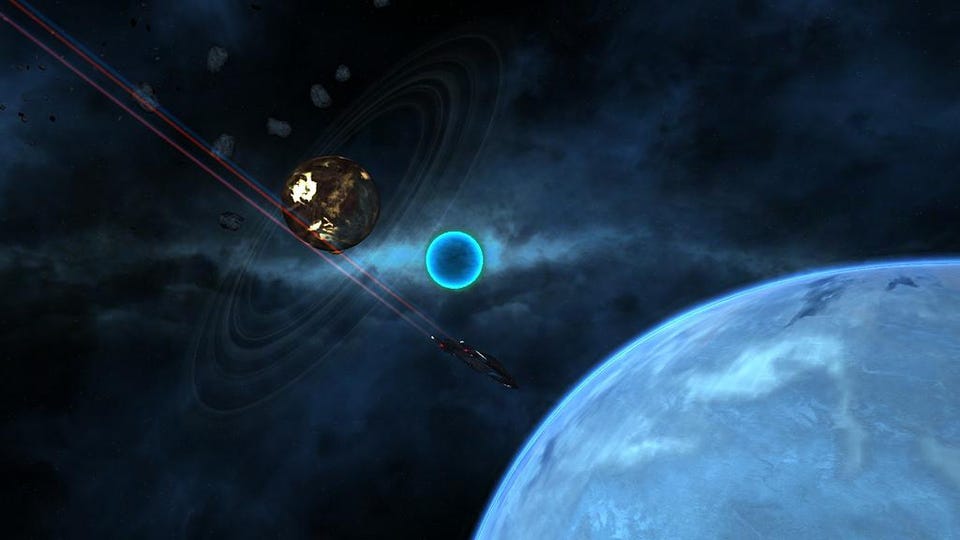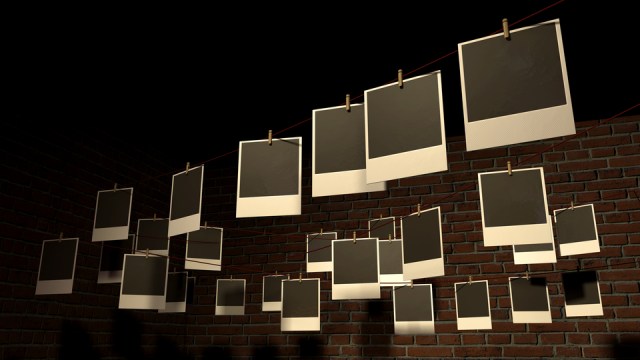My Encounter with JSTOR (in Homage to Aaron Swartz)

One day, I found a press release from an academic journal, calling attention to one of its articles. That is unusual enough, since the kinds of articles that Aaron Swartz–a “digital Robin Hood,” as a dear friend of mine fondly calls him–was hounded relentlessly for downloading in violation of JSTOR’s “terms of service” are not often of interest to the general population.
In any case, I got a press release. Typically, when a publication or a PR firm sends out a “press release,” it is to elicit interest from writers. Sure enough, I was interested. I have a Ph.D. in a humanities field (history), and the article resonated with me. It looked like solid, important research that deserved a broader audience.
I clicked on various buttons on the press release. This is the sort of thing that we do all day, and I expected to find an article at the end of the click.
I was taken over to the JSTOR site. This was no use, because since I am not working out of an academic university library, or in academia, I don’t have free access to the JSTOR archive. All I saw at the JSTOR site was a picture of the scholarly journal and a very brief abstract. Upon further clicking and investigation, I learned that I would have to pay $30.00 to get a full copy of this article—that is one article, in one volume, of one scholarly journal.
In an age when, through a miracle of imagination, smarts, and ingenuity, magazines across the spectrum, from The Economist to entirely online publications, manage to survive by offering at least some free access to valuable content online, or at a minimal subscription price, the academic publishing world, for which JSTOR is a bulwark and sentry, wanted to shake me down for thirty bucks for the privilege of scaling the walls of the barbed Ivory Tower and reading an article and then giving them free publicity.
Ultimately, through making contact with an editor at the journal, I was sent a copy of the article for free, after getting a rudimentary lecture about how of course, I’d have to cite the journal, and author. Right. I hadn’t thought of that.
It’s this kind of proprietary parsimony about knowledge in academia that angers me. As Lawrence Lessig notes in a blog, we cannot really know why Swartz was downloading so many articles from JSTOR, via a simple script that he had devised to do so quickly. Certainly it wasn’t to sell the articles because, well, there is no market. Nor was Swartz a declared “copyright anarchist.” But the flip side of the question is, why does academia make it so difficult generally to access published knowledge, or to care about it?
Aaron Swartz’s life ended with suicide this week. With the kind of witless tenacity that we’ve seen in Federal investigations—such as the DC scientist who was hounded out of his career for being wrongly named as a suspect in the anthrax mailings many years ago—prosecutors hounded Swartz, who was suffering from depression.
Some report that Swartz was threatened with a 35-year prison sentence, which is audacious, even as an act of rhetorical bluster. People who have raped, assaulted, maimed, abused, and beaten other human beings are not reliably (or often) threatened by lawyers brandishing a 35-year sentence at them.
But, hey, when it comes to scholarly monographs on “race, class and gender in INSERT TIME AND PLACE HERE,” or the “Violation of Terms of Service,” then it’s balls to the walls.
A tangential problem that this tragedy illustrates is how cloistered and irrelevant academic writing is willing to make itself today—at least in the humanities, which is the only field that I’ve encountered firsthand. A press fights tooth and nail to get a thirty buck royalty for an article, but in so doing, they are penny wise and pound foolish. In the long run, in the optimistic future, isn’t it likely that you do your own “product” and commodity more good both in cultural and financial terms by occasionally circulating it and making it relevant than by hoarding it behind your access restrictions and fees?
True, there are celebrity scholars in the humanities who work really hard to cross over to broader audiences. We still have some public intellectuals, but not the number we had decades ago, when it could be assumed that any educated, mildly erudite citizen would have read at least a few of the major novels or big nonfiction works published in a given year.
These “general audiences” of erudite readers, incidentally, are mocked as fantasies by many university press editors who produce the JSTOR-bound journals, with the exceptions of the very best UPs such as Harvard, Oxford, and Yale that do publish relevant scholarship for non-academics.
It’s been explained to me (and I also know from having worked for and published with a UP, years ago) that UPs feel there is more coin—although rarely a true profit—in producing hardcover books to be deposited in the intellectual convent of a university library. Editors go for the “bird in hand” of 300 self-referential scholarly experts who simply mustbuy the book rather than the optimistic fantasy of a book that might appeal to the other 299,999,700 million of us.
The mission here is not knowledge dissemination, per se. This is mostly a cloistered world with a dysfunctional economy whose mission is narrow self-perpetuation.
This self-perpetuation hinges on the publication of articles that end up in JSTOR, and of scholarly books. Not books for reading, per se, or for the advancement of the common good, or for the enrichment of the culture to which the work rightly should belong but, rather, for the sake of getting someone tenure, somewhere, and landing a career-advancing blow in published view of the scholars who might care.
The first scholarly work is known as “a tenure book,” and is openly called that by editors and scholars.
Imagine any other intellectual, writer, or artist who would name their work according to the selfish, material ends that it fulfills. By that logic I’ll describe my next book as my, “I Need More Money Book,” or my “Get Famous” book.
This tenure book will sell under a thousand—in many cases, way under. If it is exceptional, it will be picked up in undergraduate classes as a paperback, but those works are rare.
The book will be deposited in a university library. Scholarly articles that preceded the Tenure Book will be deposited in JSTOR.
Academic publishing does not circulate knowledge so much as it warehouses it.
And this to me was Aaron Swartz’s admirable, underlying hubris: Whatever his intentions with the articles that he downloaded, he was treating scholarly knowledge as something that should move, not molder in the stacks—whether the “stacks” be material or virtual.





